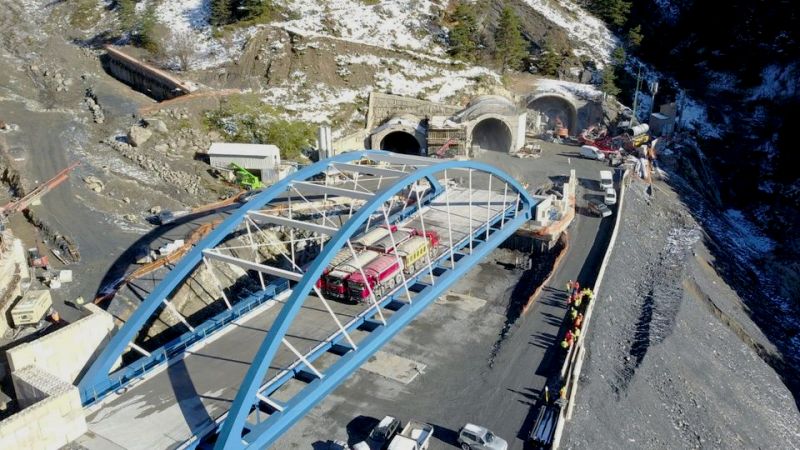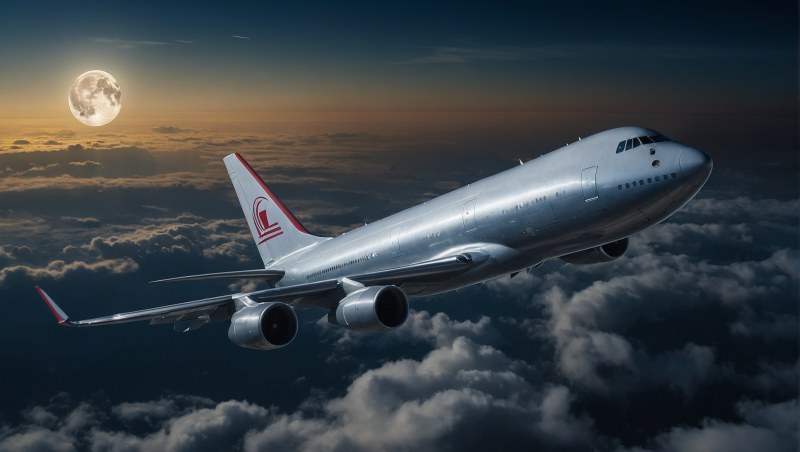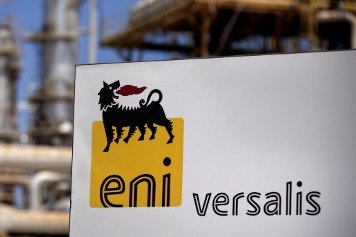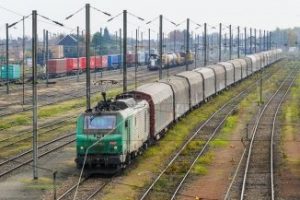The latest update from New Silk Road Intermodal on the China-Europe container rail transport shows a continued upward trend during the first half of August 2024 (from the 5th to the 18th). Among the most active departure cities is Xi'an, which has generated 3,000 convoys bound for Europe since the start of 2024. The most recent train left on August 13th, heading for Mannheim, embarking on an 11,300-kilometer journey through Kazakhstan, Azerbaijan, Georgia, Serbia, Hungary, Slovakia, and the Czech Republic.
On the same day, a train loaded with clothing, auto parts, and other goods departed from Alashankou, destined for Malaszewicze, Poland. This event marked the transit of over 40,000 China-Europe trains through Alashankou since the first convoy in 2011. On August 14th, another train departed from Wujiashan station in Wuhan, heading to Duisburg, Germany, carrying 55 containers. In 2024 alone, up to July 31st, Wuhan's China-Europe Railway Express sent 407 round-trip trains, reflecting a 56.49% increase over the previous year. This growth has been driven by the rising demand for goods from the Yangtze River Delta and Pearl River Delta regions, which saw a nearly 60% increase in transported goods volume during the first seven months of the year.
Despite the increase in freight and the number of trains, New Silk Road Intermodal reports that transport efficiency continues to improve. At border points such as Alashankou, Khorgos, and Manzhouli, the average handling time remains stable between five and ten days, while at Erlianhot, it ranges from seven to twelve days. Overall, the fastest recorded journey from Xi'an to Mannheim is fourteen days, while the average time from Chengdu and Chongqing to Malaszewicze ranges between eighteen and twenty days. Trips to Duisburg and Hamburg take between 20 and 25 days.
However, connections to Italy have longer transit times, with journeys from Chengdu and Xi'an to Milan taking over 35 days. According to Cargo Talk data, much of the delays occur during the transshipment at Malaszewicze, suggesting that shippers might consider alternatives through Duisburg or Hamburg, where the impact of railway line upgrades is limited.
The container leasing market showed mixed trends during the period, with fluctuations in prices. In coastal ports such as Qingdao, Shanghai, Ningbo, and Shenzhen, prices remained relatively stable compared to the previous week, with variations not exceeding 5%. However, in Tianjin, strong demand led to an over 8% increase in leasing prices towards Hamburg and Duisburg. In inland terminals, Xi'an recorded a significant drop in container leasing prices, with reductions ranging between $200 and $400. Conversely, in Chengdu, container supply remains limited, keeping prices high, above $2,400. Leasing prices to Russia remain elevated, fluctuating between $2,400 and $2,700.
Spot freight rates to Europe continue to be high, with most August shipping spaces already booked. Booking platforms have begun releasing schedules and prices for September, with many routes seeing a general price increase. For example, booking prices for trains departing from Chongqing, Chengdu, Hefei, and Zhengzhou have risen by $200 to $400 compared to the previous month. Some routes, such as Chengdu-Lodz and Zhengzhou-Hamburg/Milan, have seen an increase of more than 8%.
Freight rates to Russia are also rising due to insufficient capacity, which has driven demand for available spaces. Booking prices from cities like Chengdu, Chongqing, and Zhengzhou have increased by about $200, while in Guangzhou and Shenyang, the hike is even greater, ranging between $300 and $400. The high cost of container leasing, combined with high demand factors, has pushed the spot market rate above $9,000.
New Silk Road Intermodal concludes that China-Europe rail freight rates remain high, largely reflecting the impact of geopolitical instability on the global supply chain. From a demand perspective, manufacturers are concerned about the growing risk of disruptions and are preparing to stockpile. Europe and America are entering a restocking period, supporting the demand for container transport. From a supply perspective, container ship rotation has significantly reduced turnover efficiency, making the shortage of spaces more evident.
Forecasts indicate that the peak season was anticipated in July, and with the further release of shipping capacity, transport costs are expected to gradually decrease, pushing some goods back to lower-cost sea transport. In the coming months, a gradual decline in rail transport rates is expected, although uncertainties related to geopolitical dynamics remain.



































































